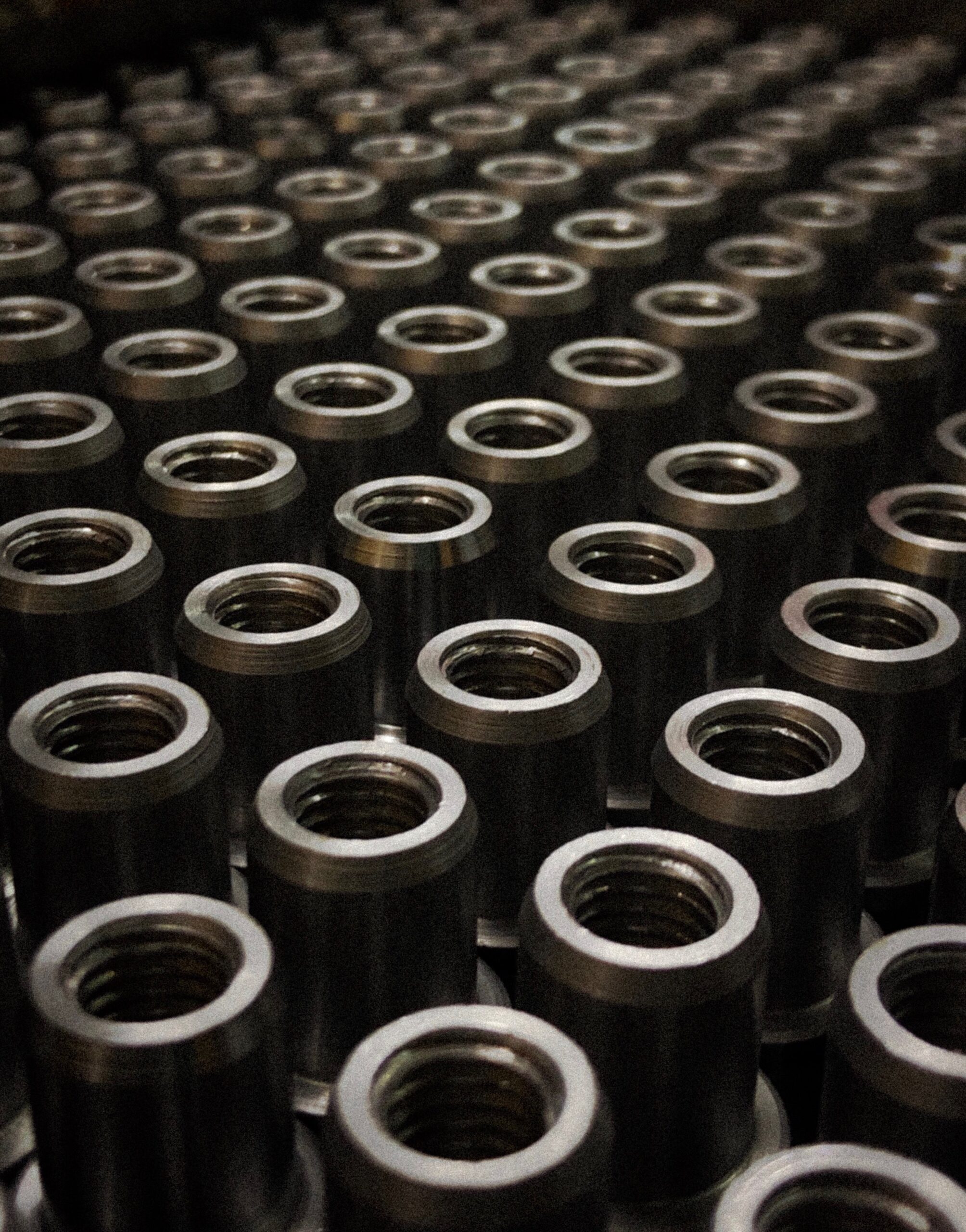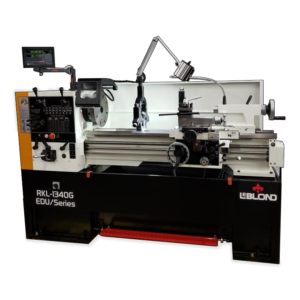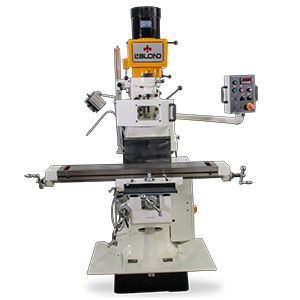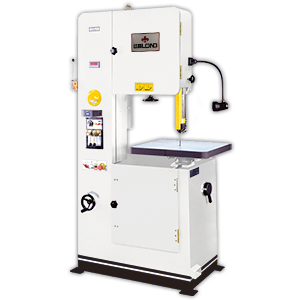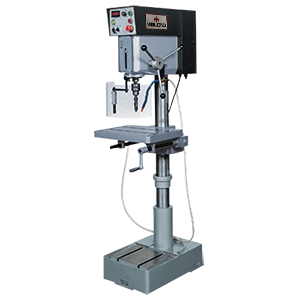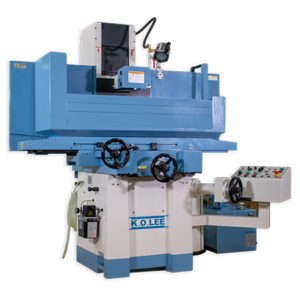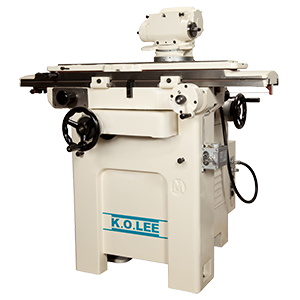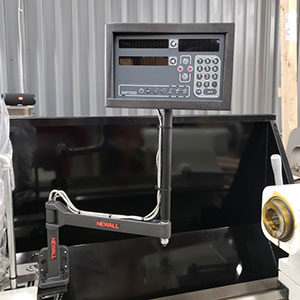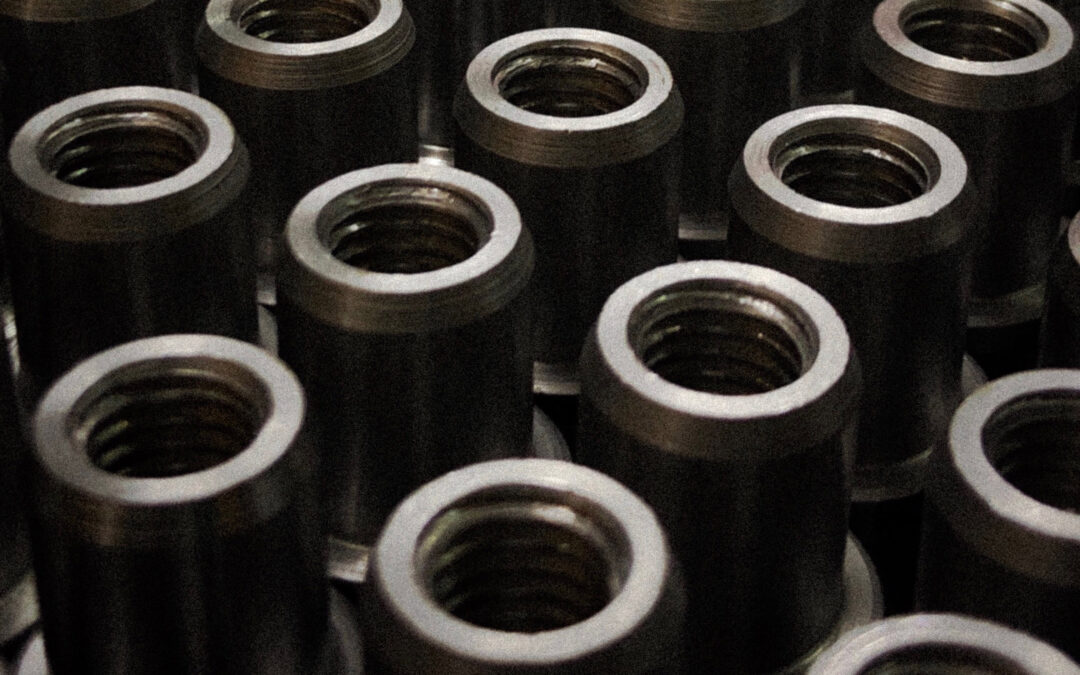When Ganging Up is a Good Thing
Ganging Up Improves Efficiencies for Metalworking Projects
Upon hearing the phase “gang up”, is your initial thought about combining similar machining projects together to drive efficiency? Then, you must be a machine operator. Implementing batch processing and workpiece consolidation on a lathe involves optimizing your machining processes to efficiently produce multiple parts in a single setup. Here are eight key ways to achieve improved efficiencies:
1. Part Grouping and Planning
Analyze your part orders and identify components that share similar features, dimensions, and materials. Group these parts together based on their compatibility for machining in a single setup. This allows you to leverage the efficiency gains of batch processing.
2. Fixture and Workholding Design
Design and utilize fixtures and workholding systems that can securely hold multiple parts simultaneously. Consider custom jigs, collets, chucks, or fixtures with multiple clamping positions to accommodate the batched parts. Well-designed workholding solutions ensure stability and accuracy during machining, enabling efficient processing of multiple parts.
3. Tooling Considerations
Evaluate your tooling options to optimize efficiency during batch processing. Select cutting tools that offer extended tool life and can handle the demands of machining multiple parts. High-performance tool coatings and carbide inserts can provide increased durability and reduce the need for tool changes. Additionally, consider toolholders with multiple cutting edges to minimize downtime for tool replacements.
4. Setup Reduction
Streamline your setup process to minimize the time required for changeovers between different part batches. Utilize quick-change tooling systems, such as turret tooling or modular toolholders, to facilitate rapid tool changes. Develop standardized setup procedures and utilize tool presetting equipment to ensure accurate and efficient tool setups.
5. Process Optimization
Optimize your machining process to reduce cycle times. Fine-tune cutting parameters such as cutting speeds, feed rates, and depths of cut to achieve the desired results while minimizing machining time. Ensure that your lathe is operating at its optimal performance by regularly maintaining and calibrating critical components.
6. Quality Control and Inspection
Implement an effective quality control system to monitor the accuracy and quality of the batched parts. Perform in-process inspections to detect any deviations or issues early in the machining process. Utilize appropriate inspection equipment, such as gauges, micrometers, or vision systems, to ensure that all parts in the batch meet the required specifications.
7. Documentation and Work Instructions
Develop comprehensive work instructions and documentation to guide operators through batch processing setups. Clearly define the machining steps, tooling requirements, and quality control checkpoints. This helps ensure consistency, minimize errors, and facilitate knowledge transfer among operators.
By implementing these strategies, you can effectively implement batch processing and workpiece consolidation on a lathe, leading to reduced setup times, increased throughput, and improved overall efficiency in your machining operations. Contact your LeBlond representative to learn more about these best practices.
For efficiency ideas and cost saving machines, please submit a request through our online form or call (888) 532-5663 and select option 2.
